fishing futures
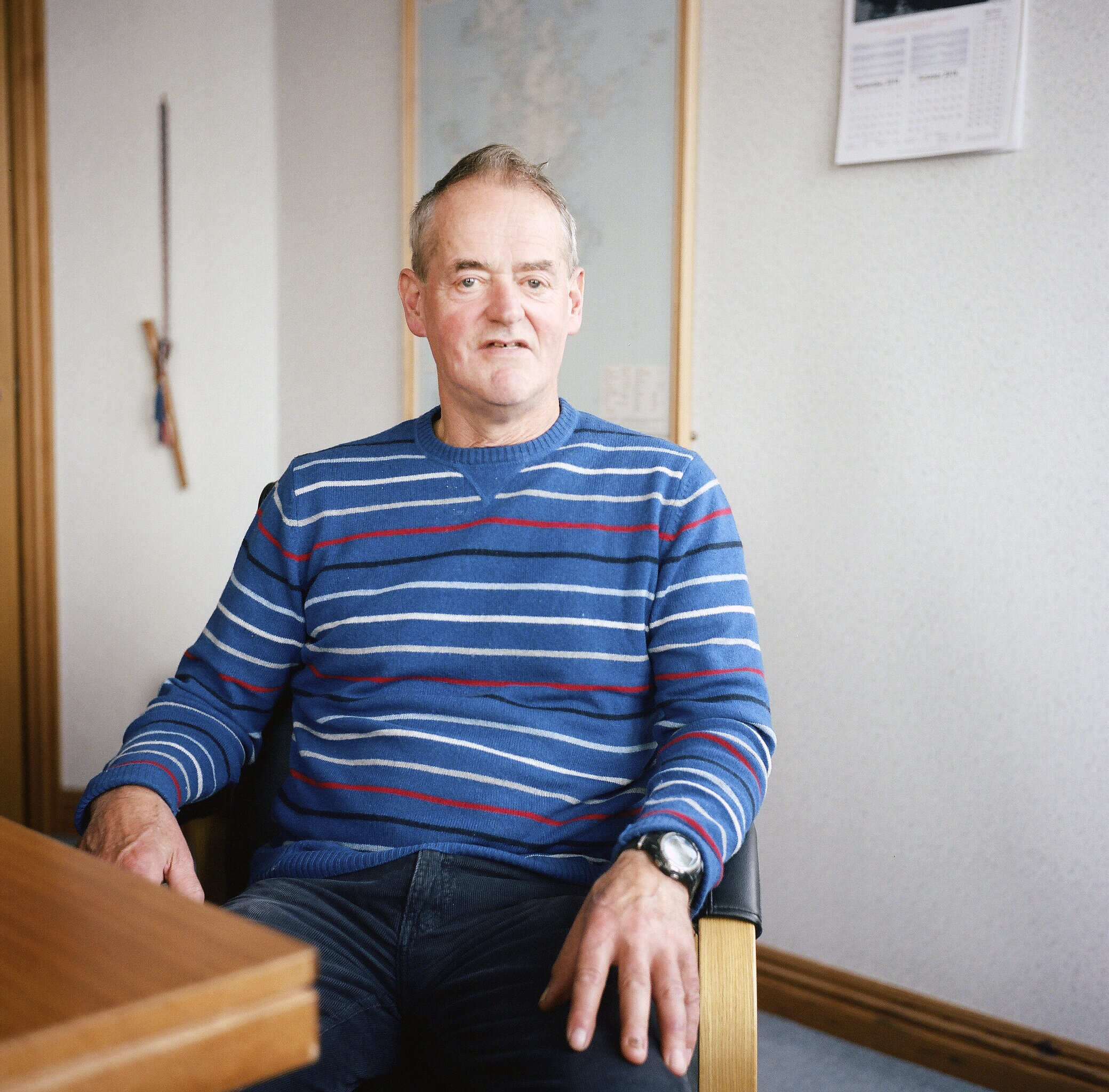
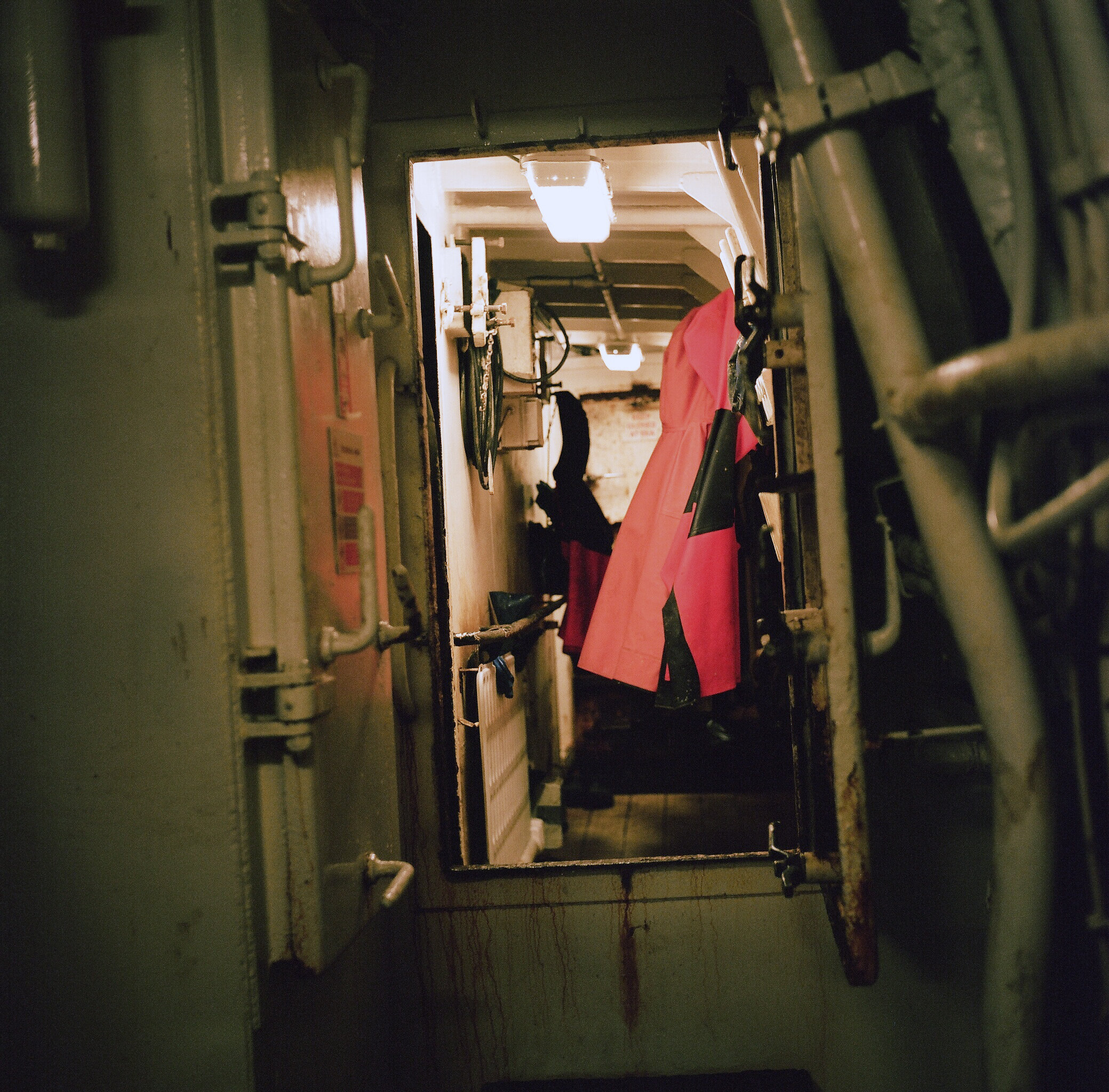
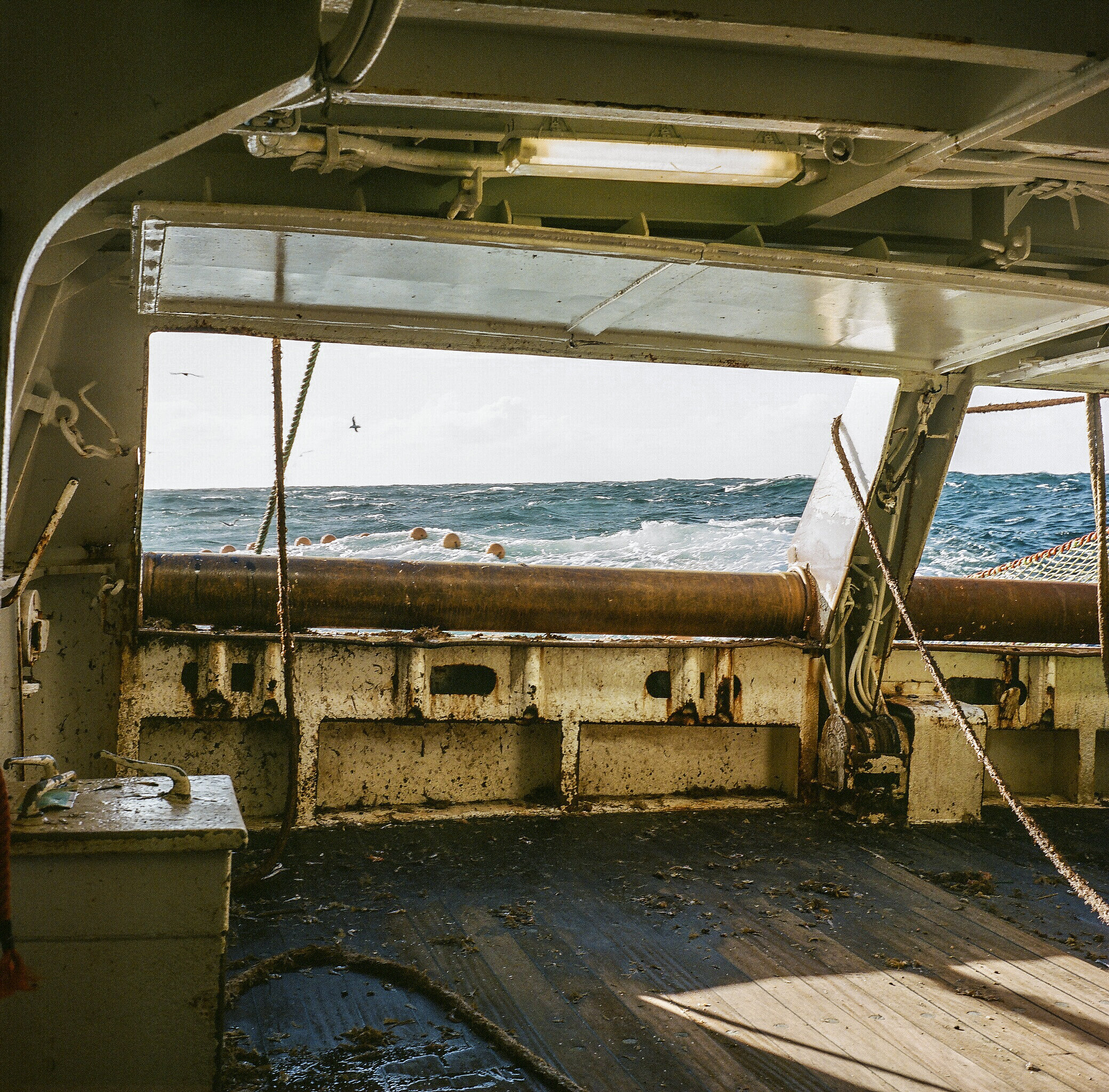
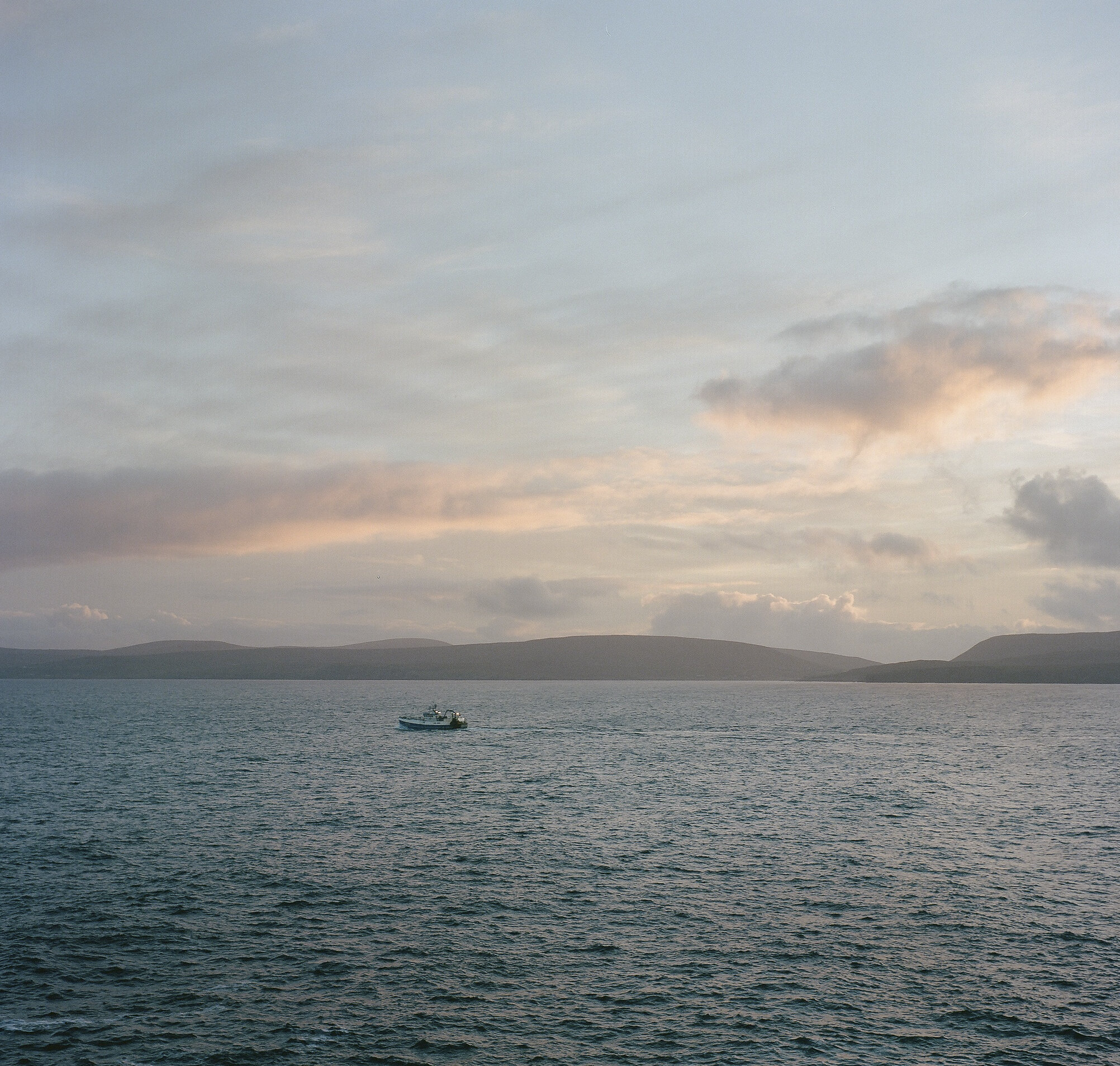
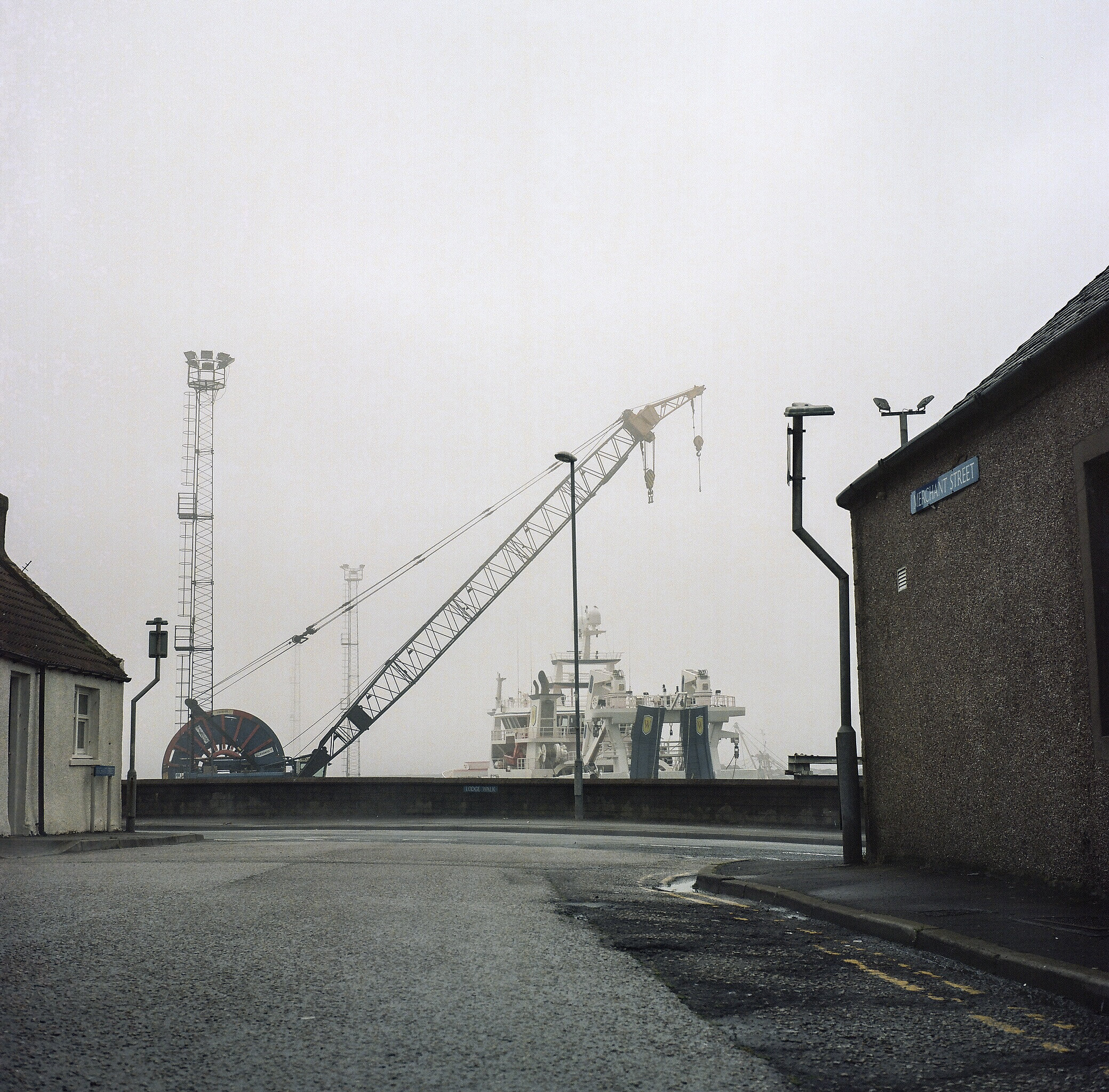
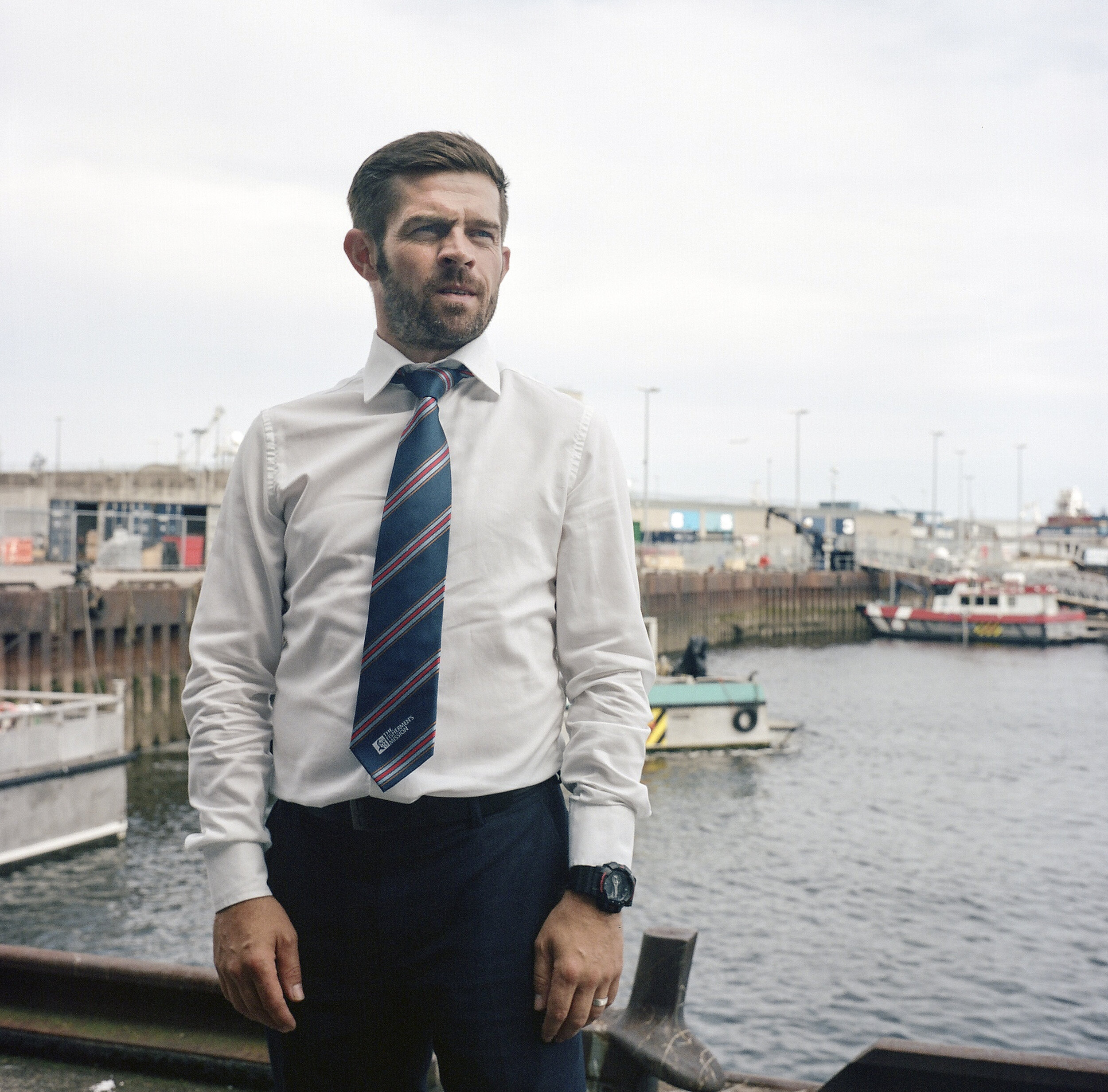
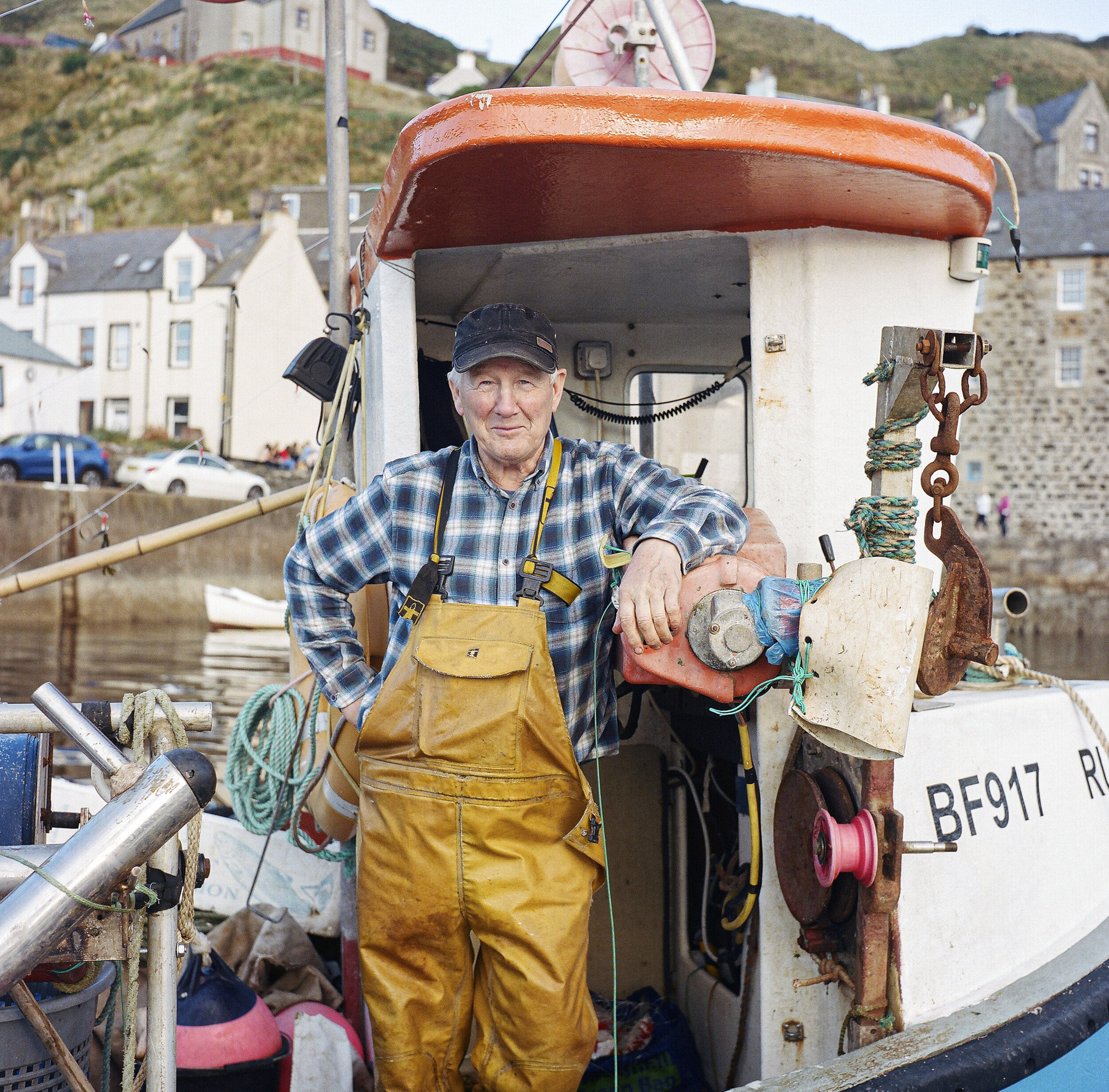
The ‘Bloo Toon’ and ‘The Broch
’Fishing remains an important aspect of Scottish industry, and a way of life for many. As a photographer who focuses on fishing I began working with Fishing into the Future to explore the transition toward sustainable fisheries. Most landings in the UK are between Peterhead, Lerwick, and Fraserburgh. Peterhead -the ‘Bloo Toon’ -sits at the easternmost point in mainland Scotland. Founded in 1593, it still employs around 700 fishermen alone, supporting a multitude of other jobs that are tied to the industry. 28% of jobs are fishing-industry related. We can still see two mackerels on the back of a Scots fiver, but is that where fishing is going, a heritage icon? I spent several weeks in Peterhead and Fraserburgh, where fishermen are used to working with fisheries science and management processes.
Across the UK we have a highly diverse industry, working with others to develop a shared understanding is vital. In this part of north east Scotland many communities are fisheries dependent. When I arrive it’s summer time. The fishing presence is both seen and felt here in a way that is invisible inland. Tensions and fears over Brexit linger, hanging over the port towns. Along with complicated factors, quotas, policies, complications and a decreased household consumption of fish (figures from National Survey of food).
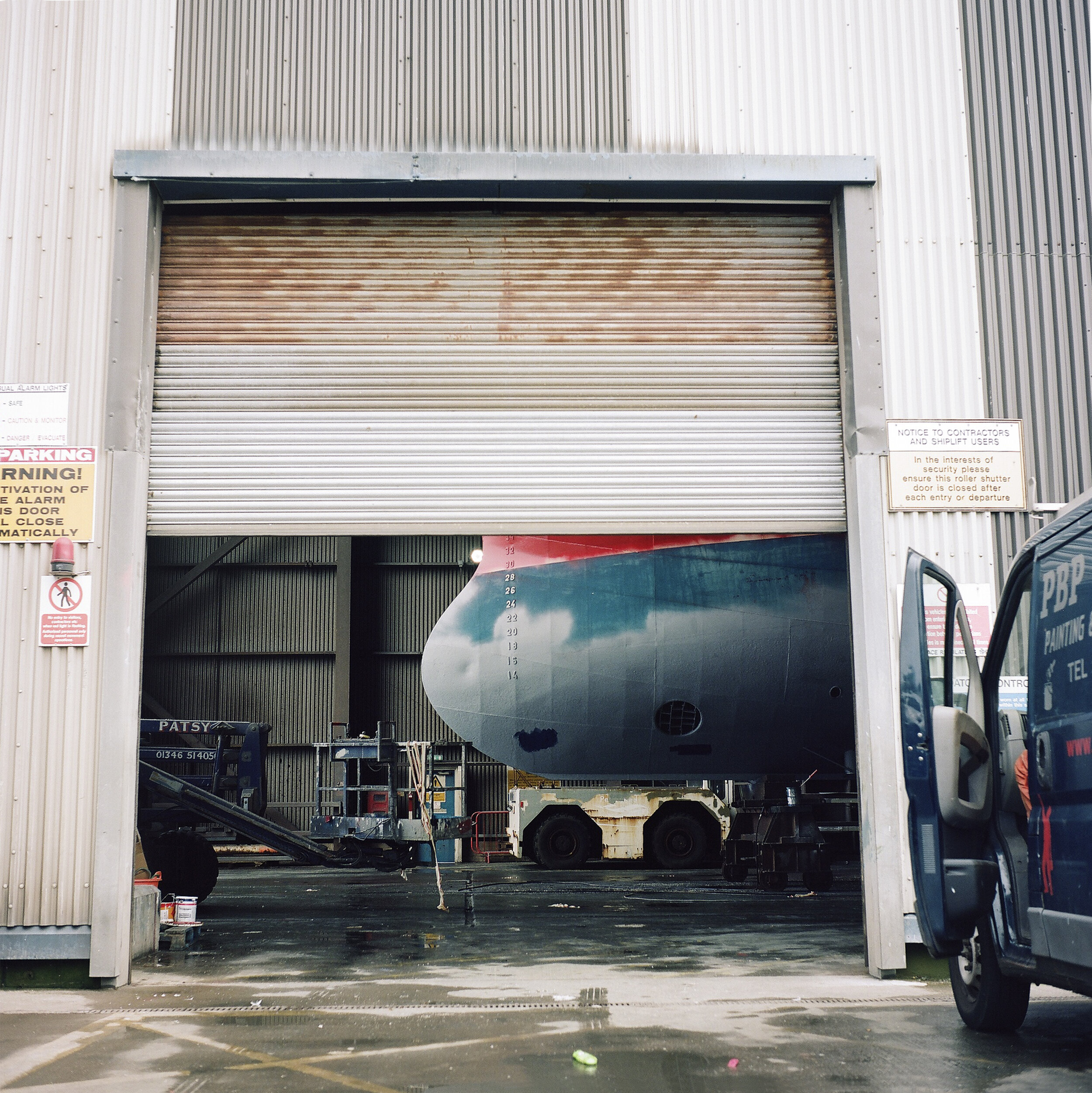
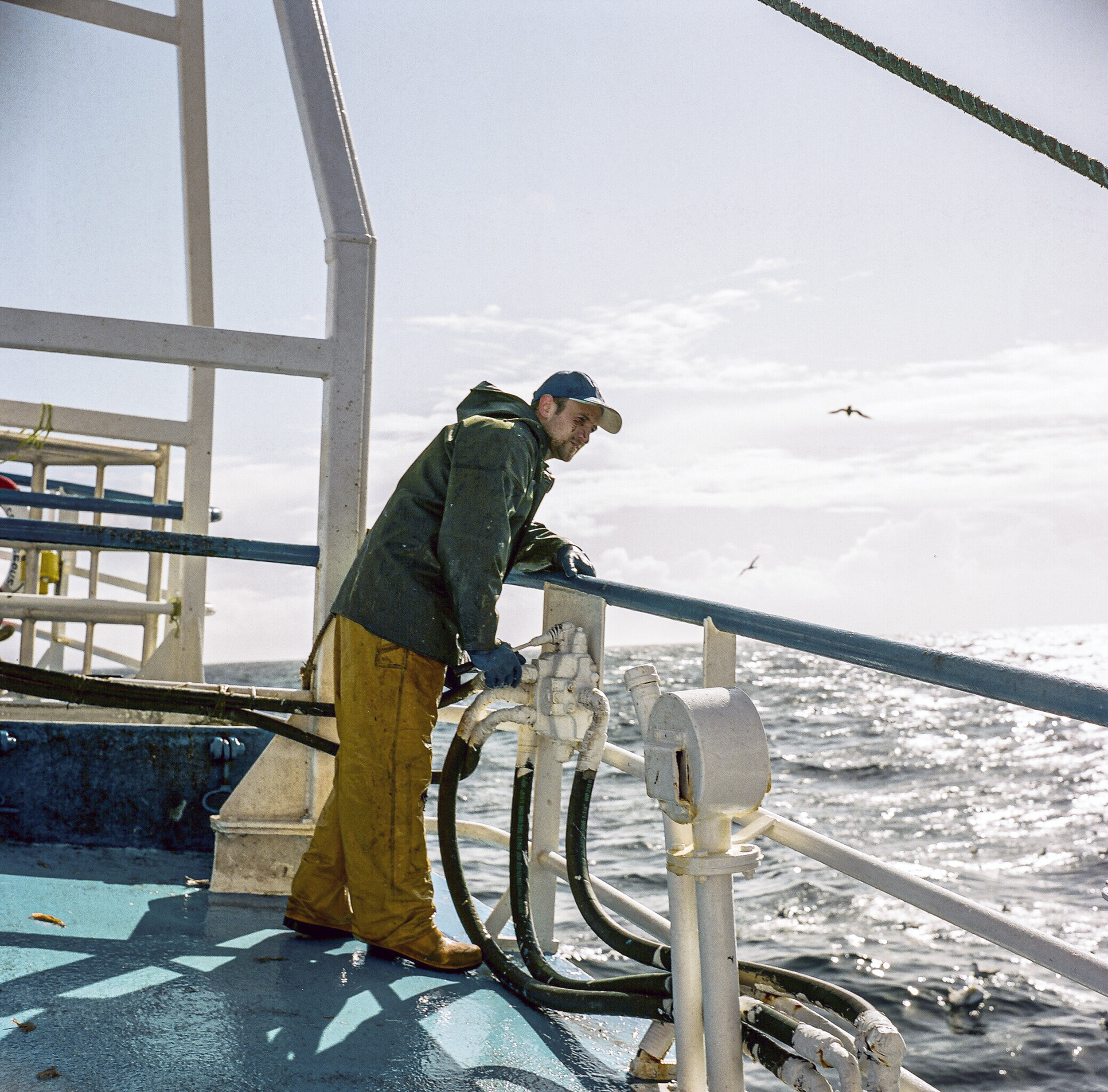
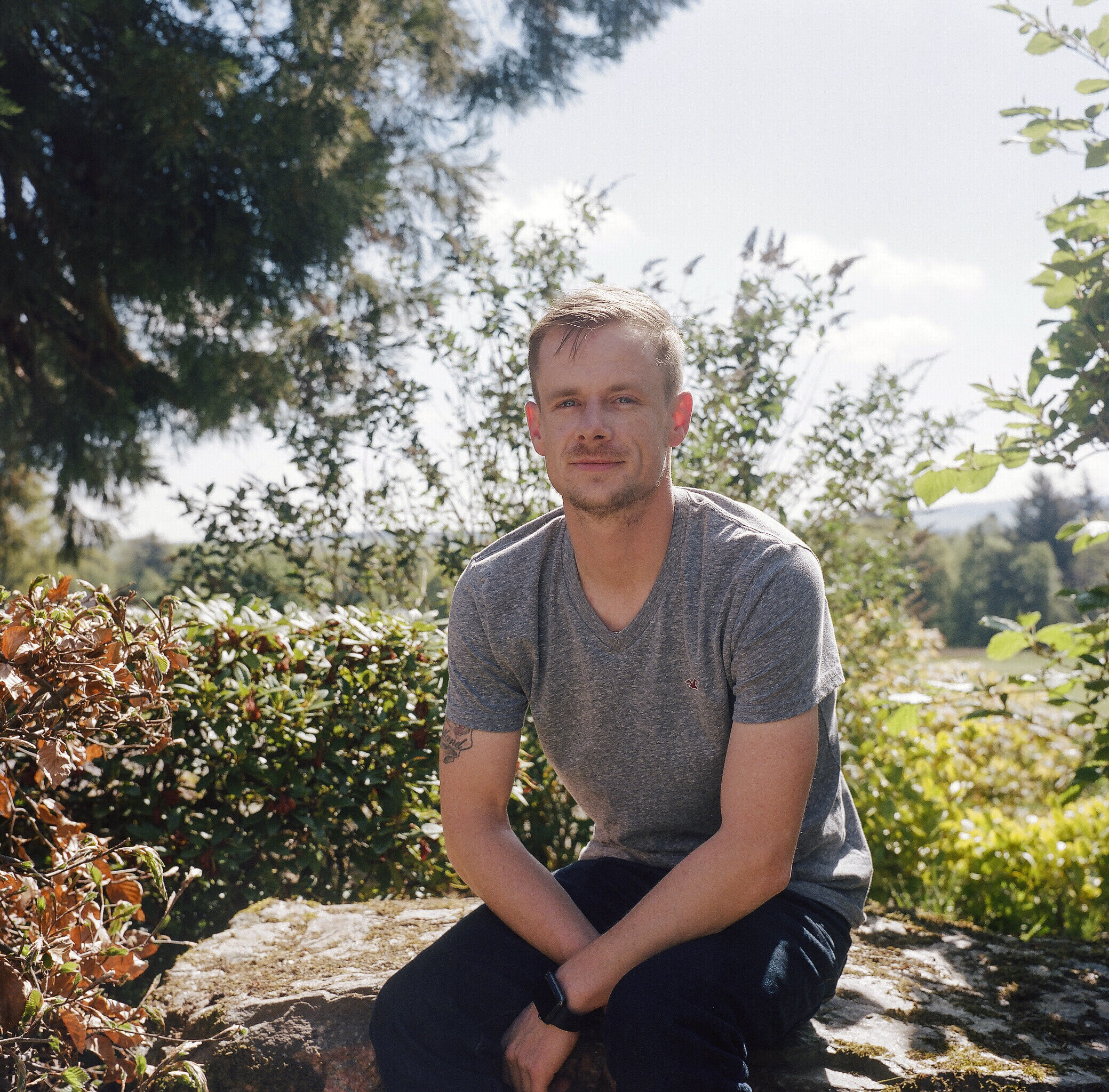
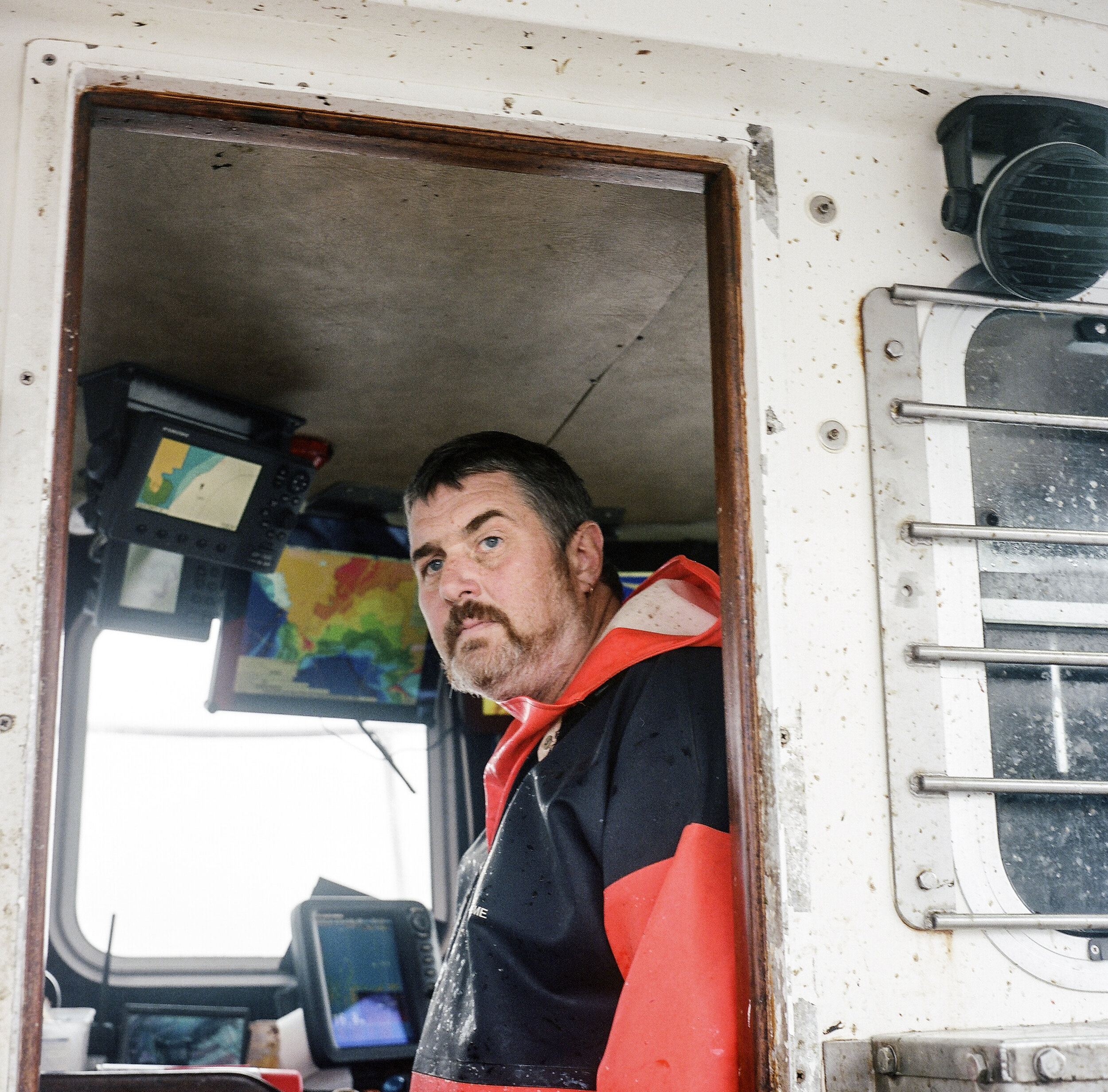
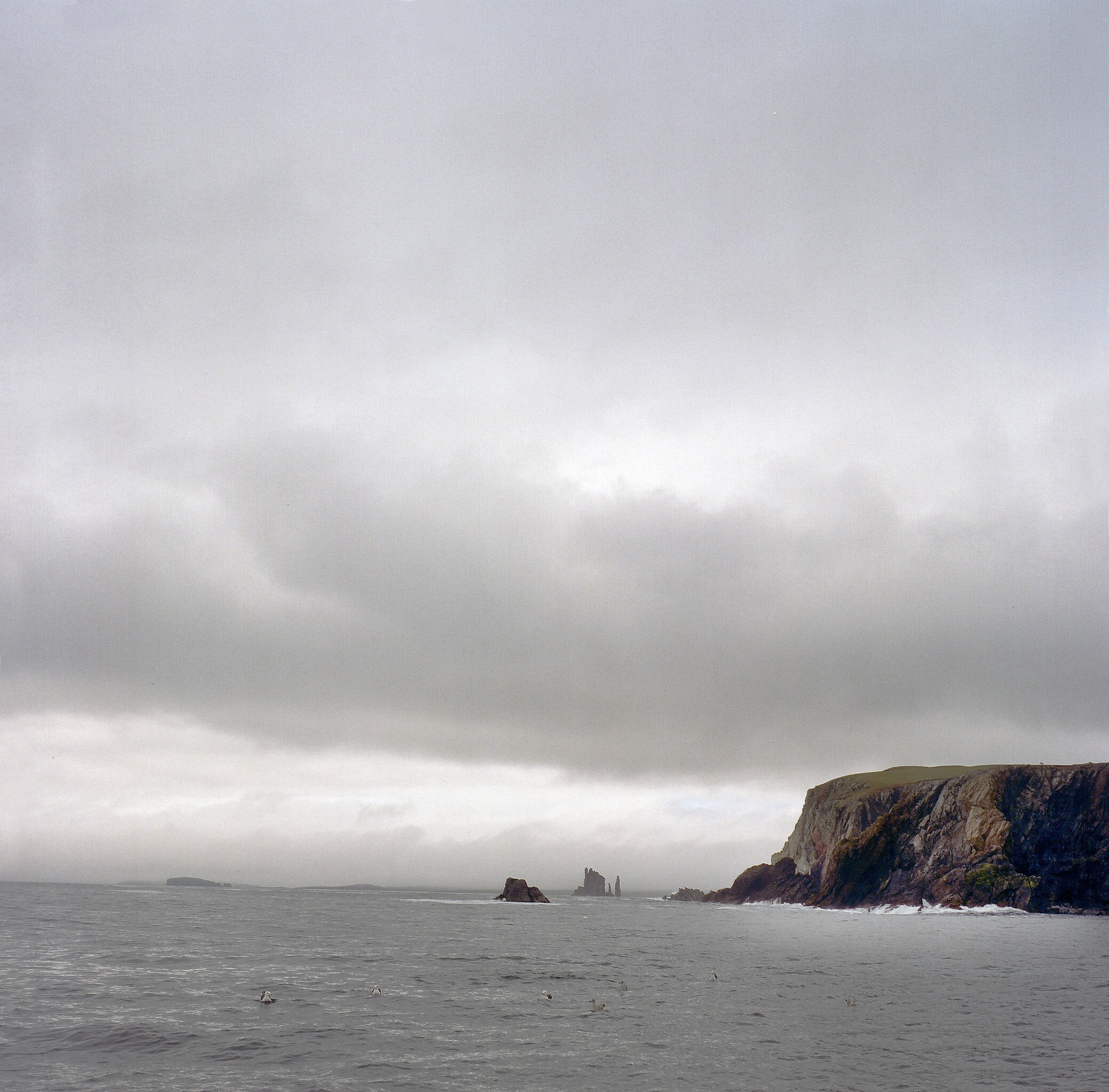

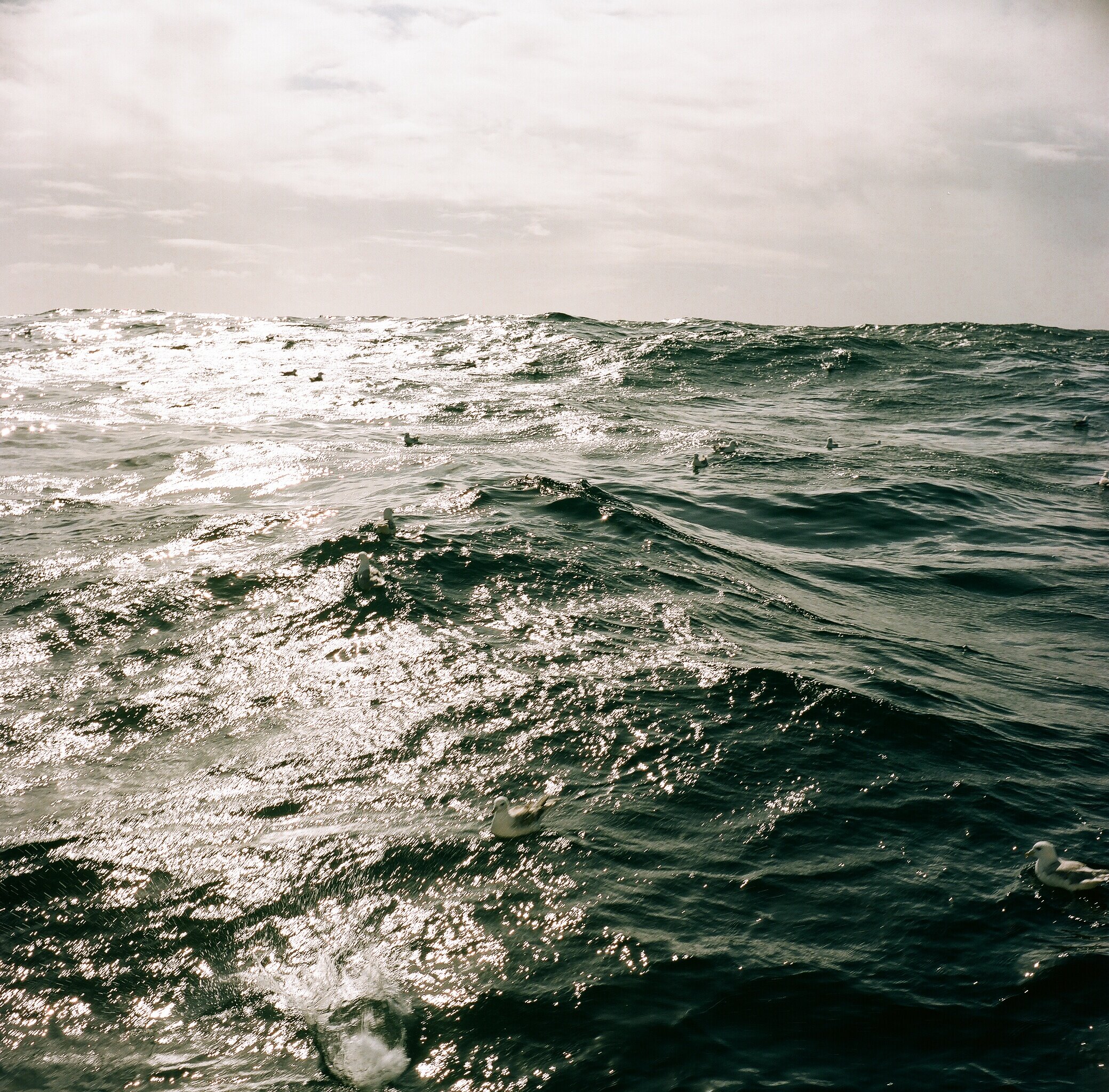
“As a professional fisherman I’ve got the information I need to help me run the business. There’s a lot of fishermen that chose not to learn to do anything with the scientific side. There is still a long way between science on one side, and industry on the other. It’s where we meet in the middle that matters. Those two sides will never be expertsin each other’s field but where we can meet where we can both benefit. Find that middle ground. Fishermen will benefit, Science will benefit.”
publication
I created this publication to tell the stories of fishermen working off the north-east of Scotland, home to some of the most diverse fishing grounds in the world. Coates worked with creative agency Sail to design the newspaper, which she says is a way to connect the work with the community featured in it: “One of the aims of the newspaper was that fishermen would share it — display it in village halls and on their boats with crew”.
Wind is roaring on the land, I know all too well what this means for those working at sea. It’s easy for me to sit here and think about the future of fishing from an arm chair cradling a cup of tea, in the safety of a warm room. That night I lay down thinking about those conditions, those men still working in the dark, on the north sea. What does the future hold for those that work in the most dangerous job in the UK? The Broch It’s Tuesday morning, 5.30am. Another morning bright, cold and surrounded by fog. Cities are sleeping, people still getting in from the night before; students. Some are working, some are waking. Never has a small town in a relatively remote area seemed so awake, so ready for the day. This is Fraserburgh, The Broch. A fishing town.



